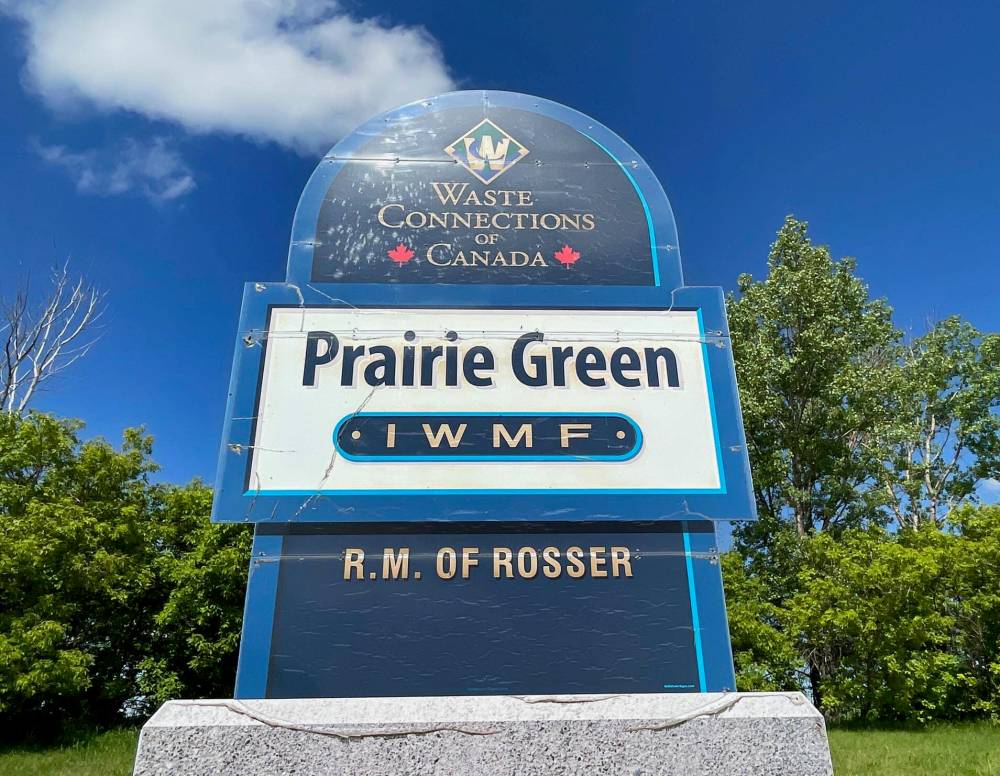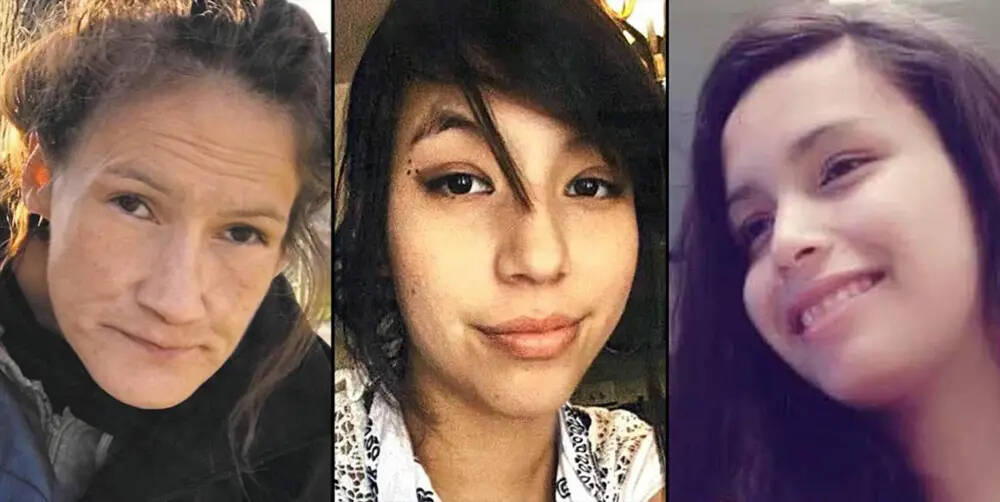Searchers preparing to scour a city-area landfill for the remains of two Indigenous women killed by an admitted serial killer will find them “relatively intact,” a forensic anthropology expert predicts.
Eric Bartelink, an anthropology professor at California State University, said there are high hopes in finding the remains of Marcedes Myran, 26, and Morgan Harris, 39, at Prairie Green Landfill.
He said a body being buried under thousands of cubic metres of waste for more than two years is better than had they been left in the open like a forest or bush, where both weather and animals could have negatively affected the remains.

RUTH BONNEVILLE / FREE PRESS FILES
A forensic anthropology expert says the remains of Harris and Myran could be found “relatively intact” at the Prairie Green landfill.
“To be honest, you would find relatively intact remains,” Bartelink said Friday in an interview with the Free Press, a day after the Manitoba government provided details on how it plans to search the landfill. “The garbage itself would likely preserve the remains pretty well. You won’t just find bone fragments. You would find pretty intact remains.”
Bartelink, who teaches physical and forensic anthropology and has served as the director of the CSU-Chico Human Identification Laboratory, has assisted in finding and identifying remains at mass graves in Bosnia-Herzegovina and during the terrorist attacks on the World Trade Center in New York City on Sept. 11, 2001.
Bartelink said remains found in landfills are often intact enough to determine the cause of death.
“You would still have soft tissue remains and it depends on the condition of the remains,” he said. “If you are looking for evidence of gunshot and stab wounds, these would be likely to be preserved. Blunt trauma, though, could be caused by trash being compacted.”
Jeremy Skibicki has admitted to killing four Indigenous women — Myran and Harris, as well as 24-year-old Rebecca Contois and an unidentified woman known only as Mashkode Bizhiki’ikwe (Buffalo Woman) — in 2022.
Skibicki’s defence team has argued he’s not criminally responsible for the slayings because of a mental disorder.
A judge will deliver his verdict July 11.
While most of the city’s residential refuse is picked up by trucks and brought to the Brady Road Landfill, the remains of Myran and Harris were put in a commercial bin behind a business on Henderson Highway and taken to Prairie Green in May 2022.
Contois’ remains were found in both a bin in a back lane and the Brady Road Landfill.
Police don’t know where Buffalo Woman’s remains are.
Skibicki’s trial heard that Harris’s body was intact when he disposed of her in a garbage bin, while he dismembered both Myran and Contois.
The federal and provincial governments have committed $40 million for the search effort at the landfill.
Currently, the province has what it calls a “targeted zone” within a compacted two-hectare section of Prairie Green, just off Highway 7 north of the Perimeter Highway.
Premier Wab Kinew said last week there is 72,000 cubic metres of waste in that section, with a maximum depth of 10 metres.

Jeremy Skibicki admitted to killing four Indigenous women (left to right): Morgan Beatrice Harris, Marcedes Myran, Rebecca Contois, and an unidentified victim known as Mashkode Bizhiki’ikwe (Buffalo Woman).
Kinew said the remains are believed to be “closer to the middle.”
The material will be excavated from that area and moved to an all-weather temporary building elsewhere on the grounds to be sorted into long lines where workers, using rakes and other tools, will spread the garbage out, open bags and look for human remains.
Brandon University Prof. Emily Holland, a forensic anthropologist who worked on the search of remains at the B.C. farm of serial killer Robert Pickton, is helping with the hiring and training of workers.
Bartelink said lay people can be instructed on how to search through the garbage, but the search will go faster if there is a forensic anthropologist on hand.
“They will find animal remains and you need someone who can say accurately that’s a dog or a turkey or it will slow things down,” he said. “You also want someone from law enforcement there, so when they find something they can make sure it is properly handled.
“But, the labour itself looking through doesn’t have to be highly qualified.”
Winnipeg police made the controversial decision initially not to search Prairie Green. They argued five weeks of garbage dumped and compacted on the site, and the lack of GPS technology on landfill machinery, would make the search futile.
Trucks that haul garbage for the city to Brady Road Landfill have GPS technology.
Bartelink said he hopes all landfills begin using GPS to help in any future searches.
“Today you can really narrow down a search area, but (Prairie Green) doesn’t have GPS. That would have made it much easier to find the bodies,” he said.
kevin.rollason@freepress.mb.ca

Kevin Rollason
Reporter
Kevin Rollason is a general assignment reporter at the Free Press. He graduated from Western University with a Masters of Journalism in 1985 and worked at the Winnipeg Sun until 1988, when he joined the Free Press. He has served as the Free Press’s city hall and law courts reporter and has won several awards, including a National Newspaper Award. Read more about Kevin.
Every piece of reporting Kevin produces is reviewed by an editing team before it is posted online or published in print — part of the Free Press‘s tradition, since 1872, of producing reliable independent journalism. Read more about Free Press’s history and mandate, and learn how our newsroom operates.
Our newsroom depends on a growing audience of readers to power our journalism. If you are not a paid reader, please consider becoming a subscriber.
Our newsroom depends on its audience of readers to power our journalism. Thank you for your support.